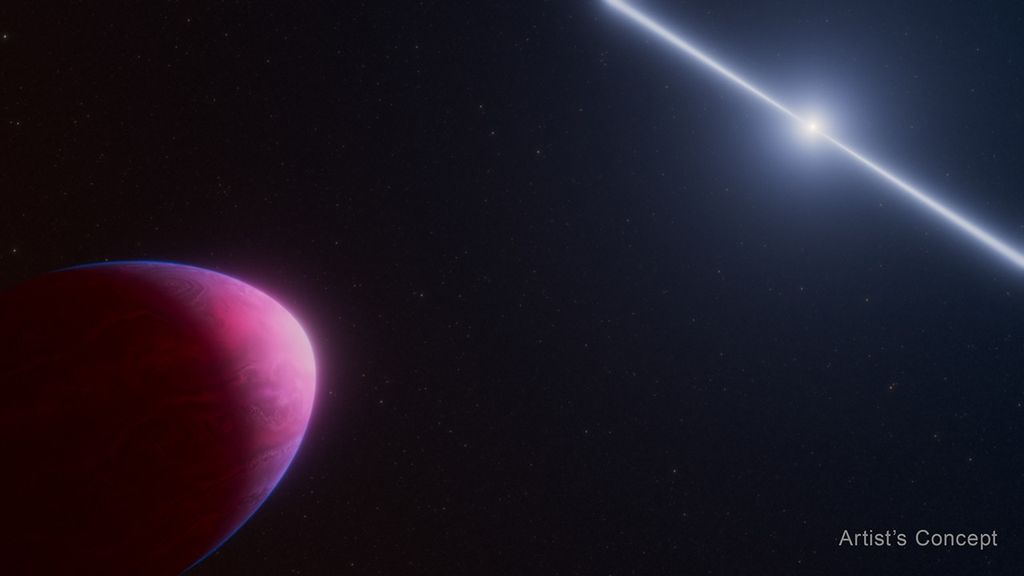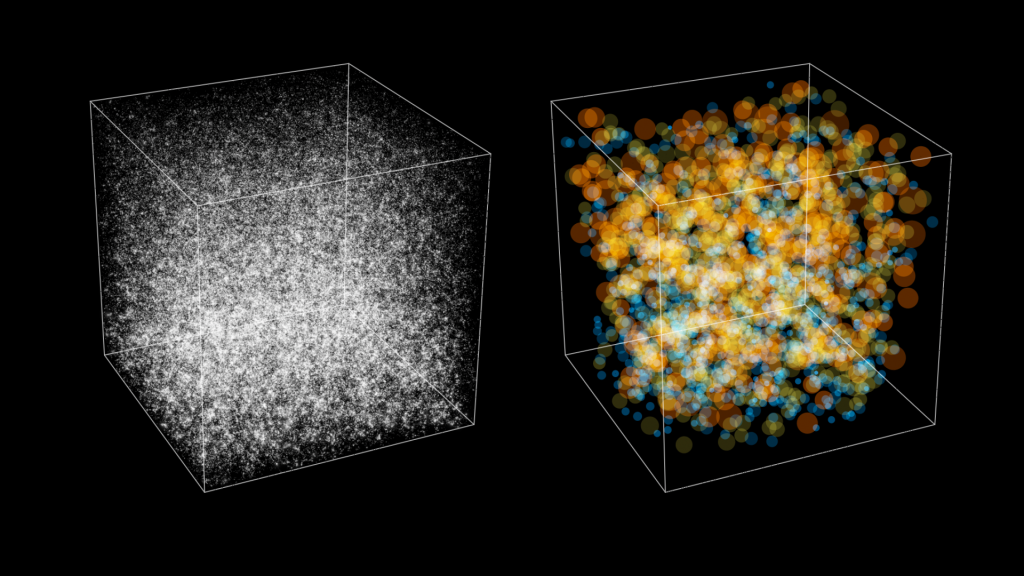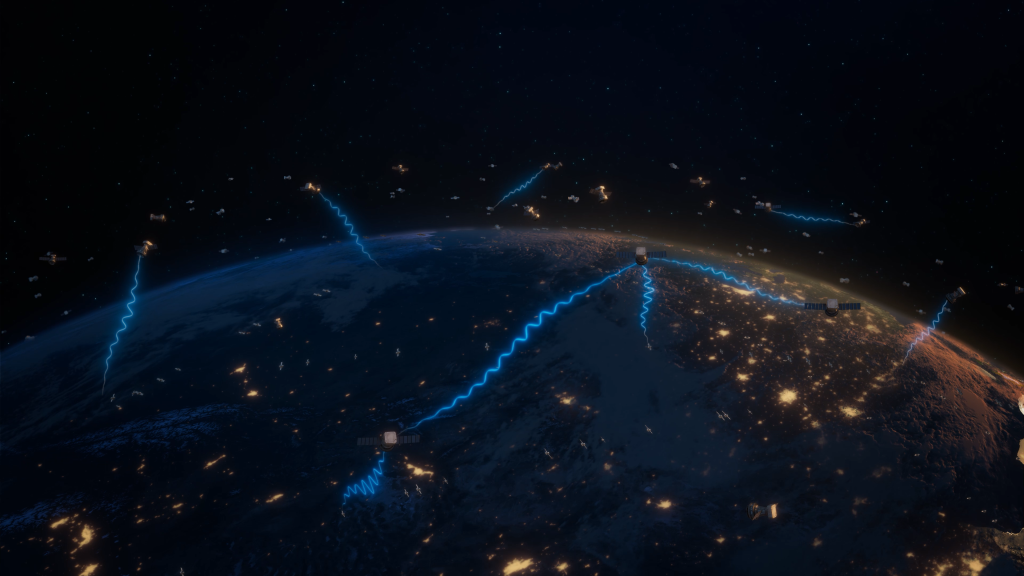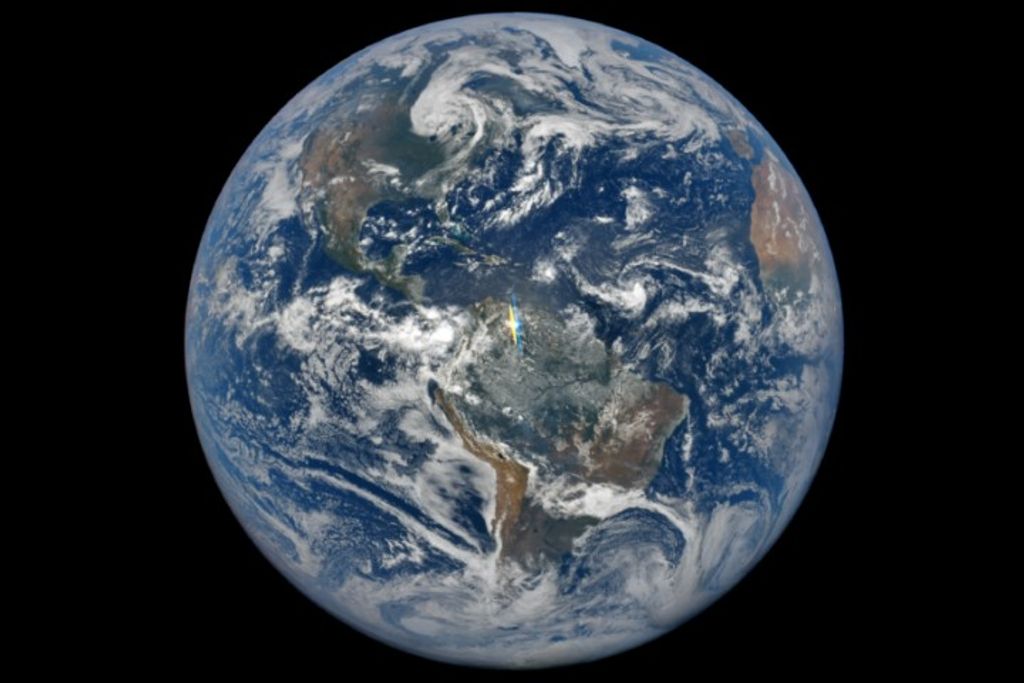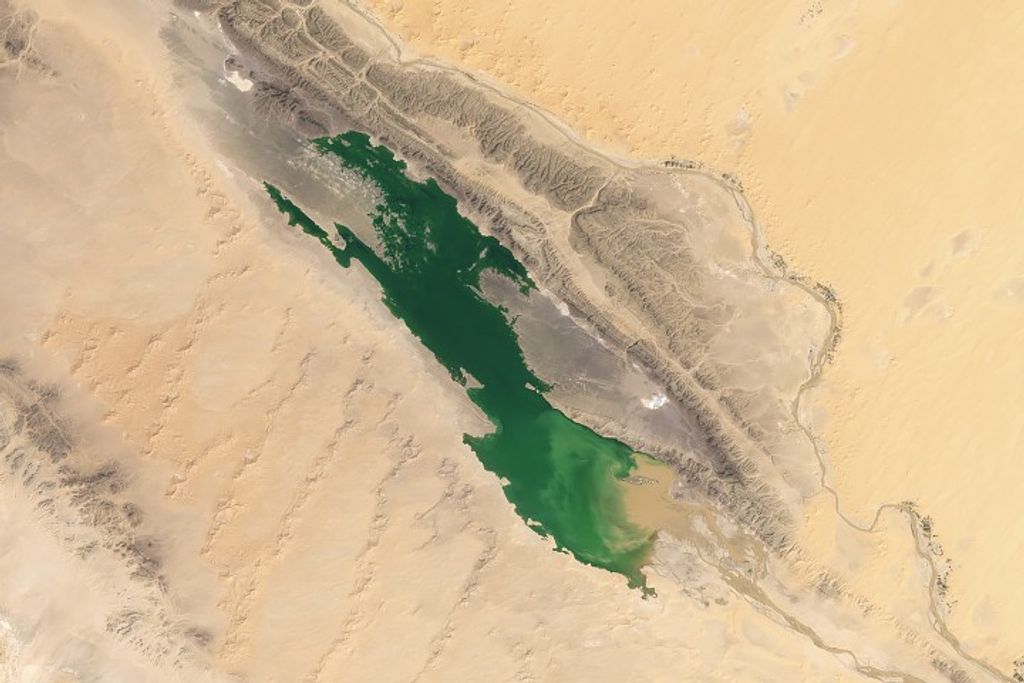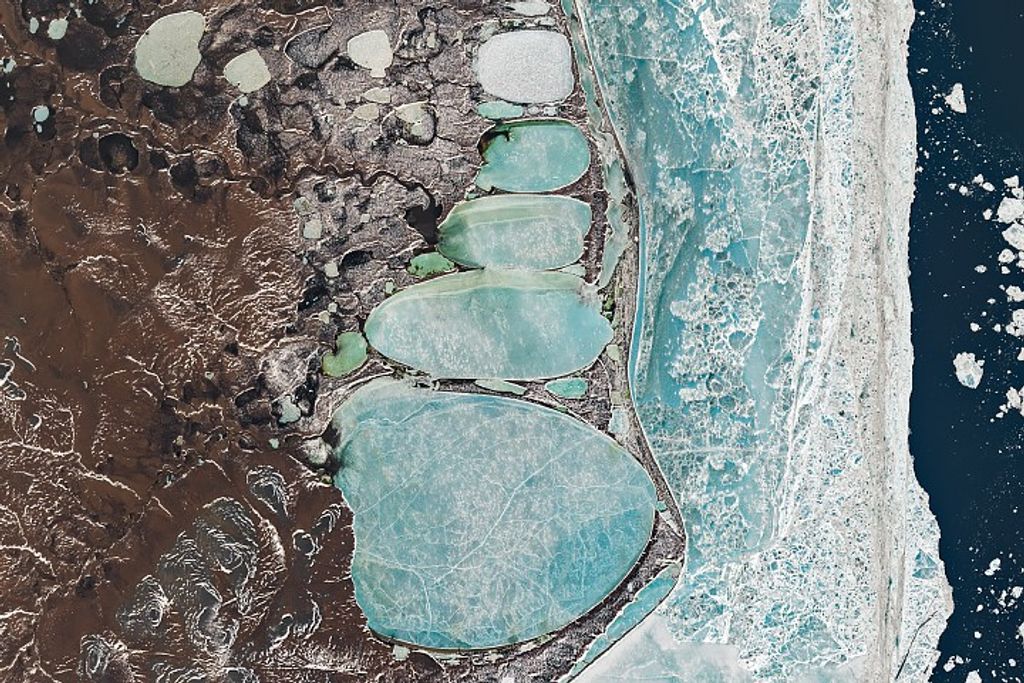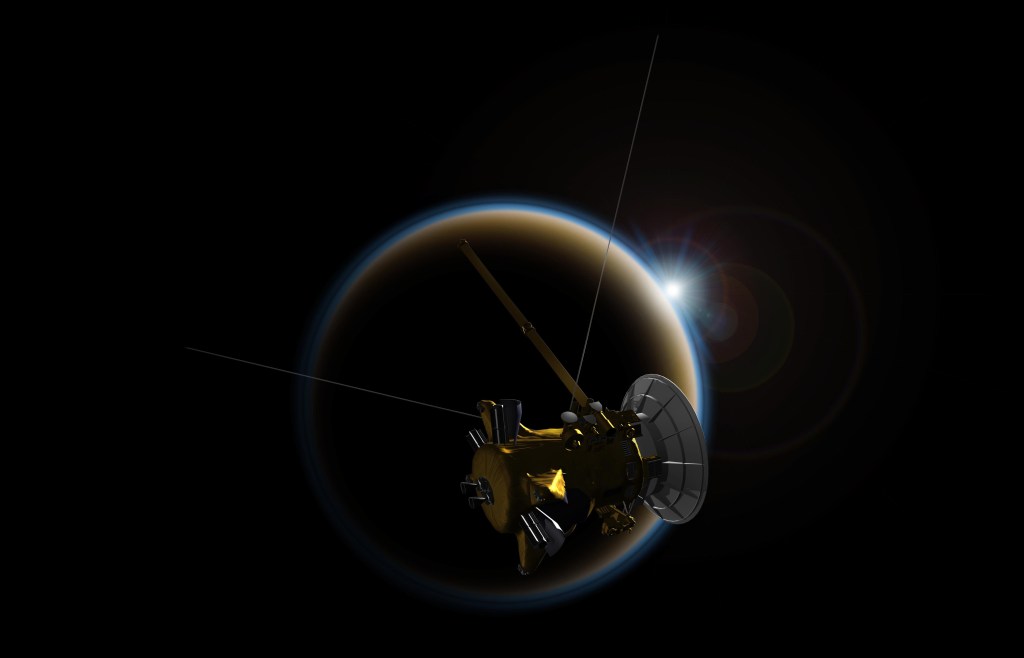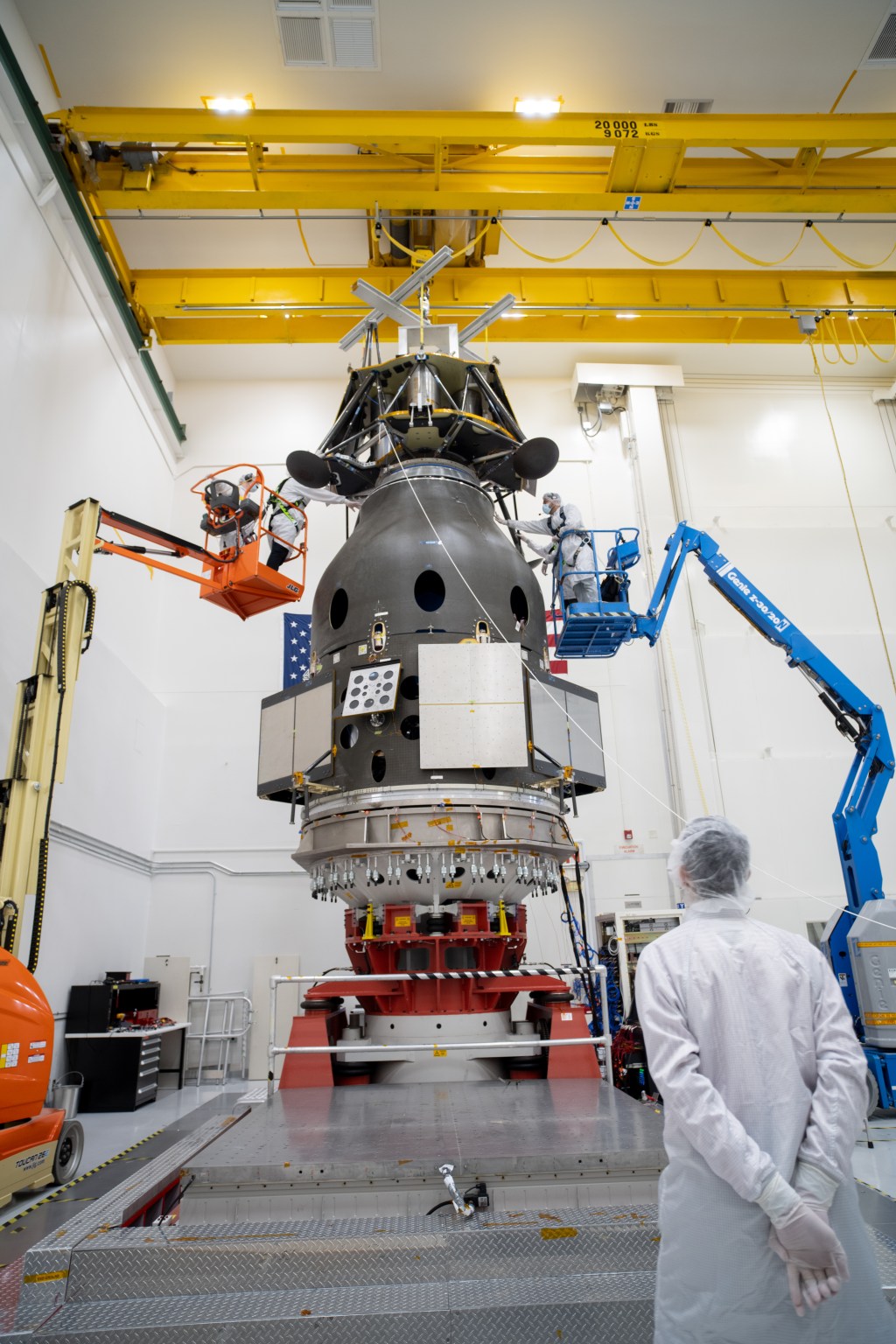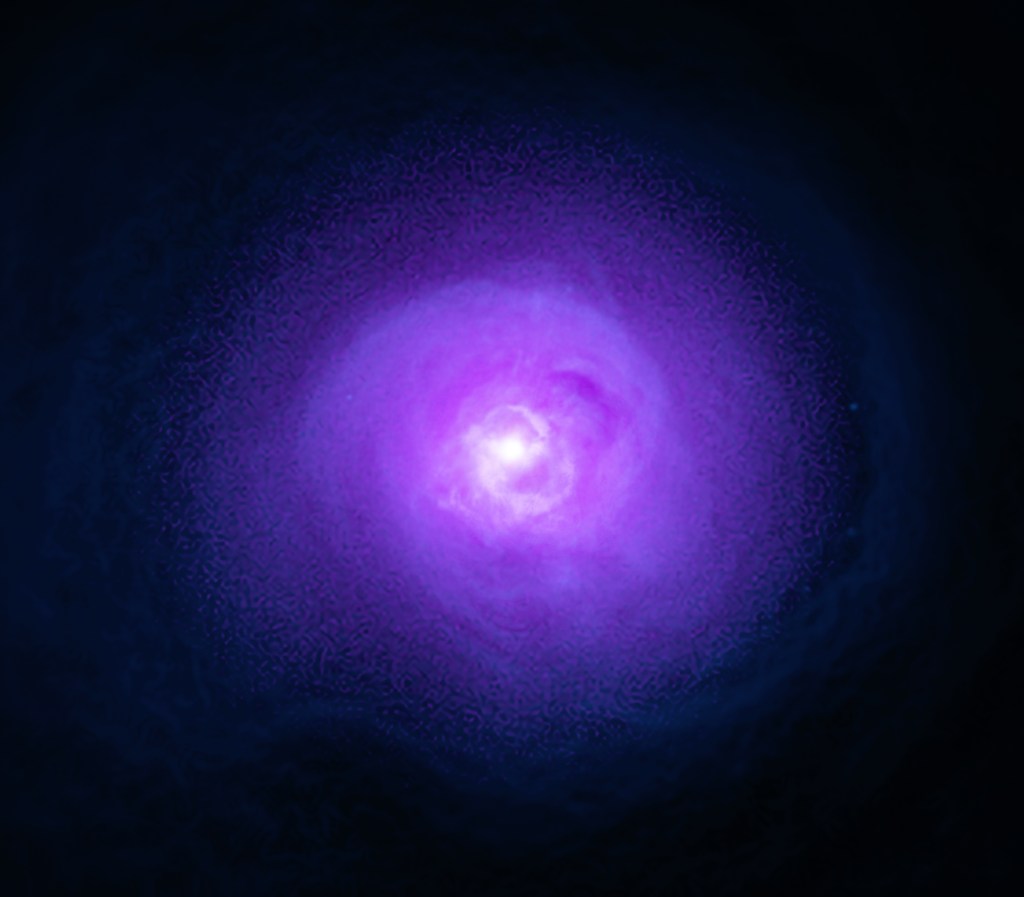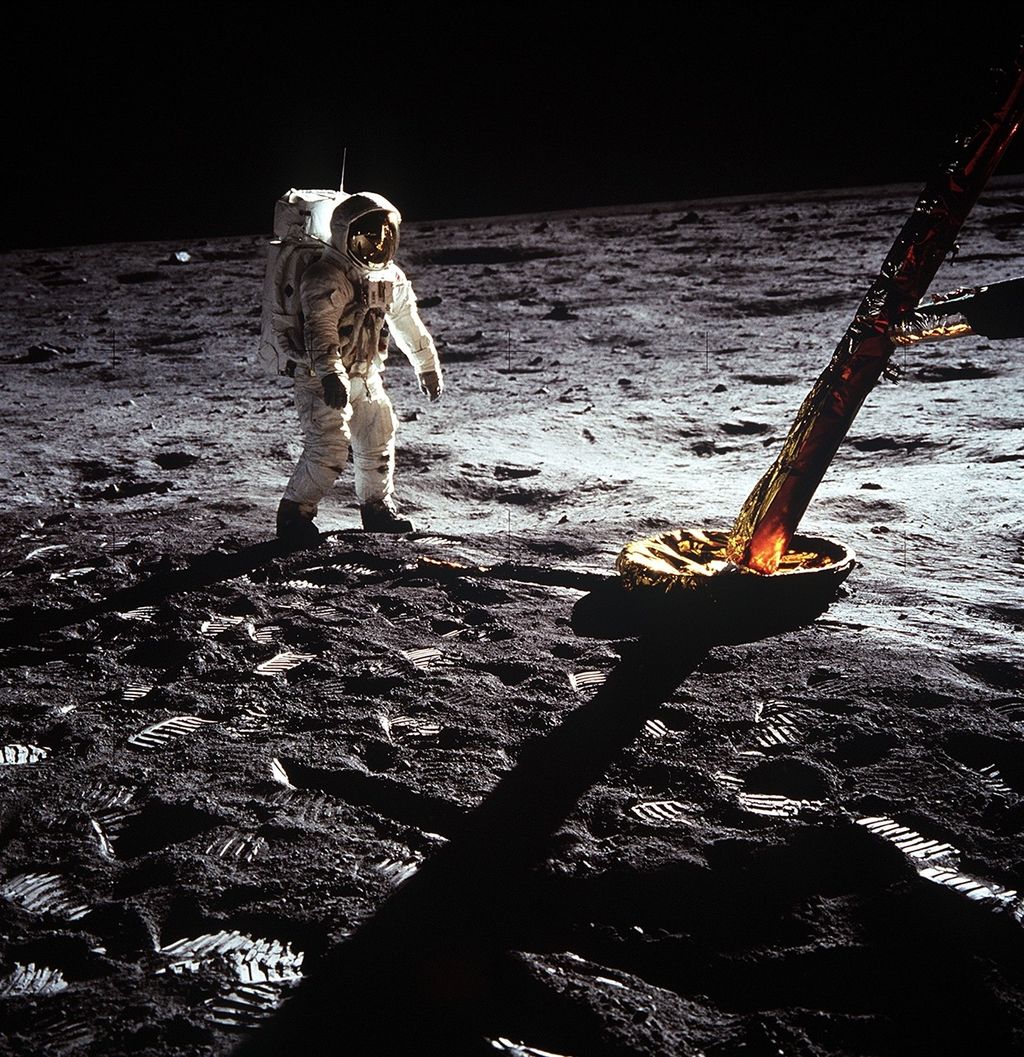1 min read
Probing Storm Systems on Jupiter (Graphic)

- Release DateMay 7, 2020
- Science ReleaseTelescopes and Spacecraft Join Forces to Probe Deep into Jupiter’s Atmosphere
- Credit
Related Images & Videos

Jupiter's Great Red Spot
These images of Jupiter's Great Red Spot were made using data collected by the Hubble Space Telescope and the Gemini Observatory on April 1, 2018. By combining observations captured at almost the same time from the two different observatories, astronomers were able to determine...

Jupiter (May 19, 2017)
This natural-color (visible light) image of Jupiter was captured by Hubble's Wide Field Camera 3 on May 19, 2017. This image was taken to coincide with the Juno spacecraft's sixth flyby of Jupiter (Perijove 6, or PJ 6). Wide-field imagery is used to provide context for Juno's...

Probing Storm Systems on Jupiter
This graphic shows observations and interpretations of cloud structures and atmospheric circulation on Jupiter from the Juno spacecraft, the Hubble Space Telescope, and the Gemini Observatory. By combining the Juno, Hubble, and Gemini data, researchers are able to see that...
Share
Details
Claire Andreoli
NASA’s Goddard Space Flight Center
Greenbelt, Maryland
claire.andreoli@nasa.gov


